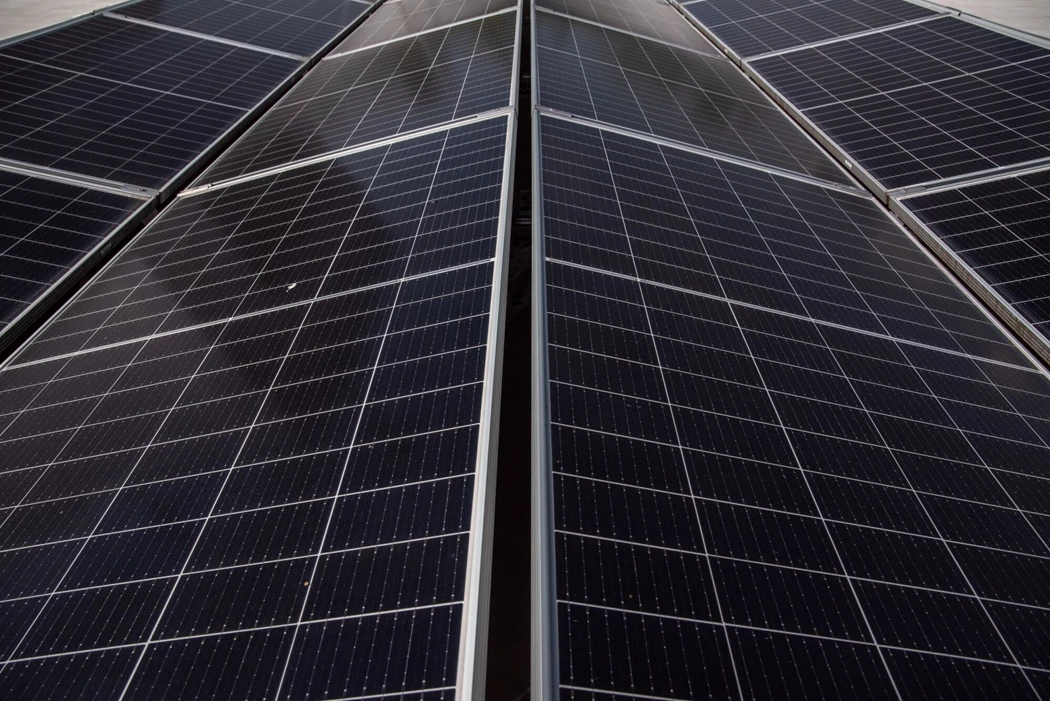Citi Sees Securitization Deals in ESG Picking Up Across Emerging Markets
(Bloomberg) -- ESG bankers at Citigroup Inc. expect sustainable securitization to take off across emerging markets, after backing a deal in Kenya designed to meaningfully expand the reach of renewable power in the country.
The Kenyan shilling-deal raised money for Sun King, which gives customers access to off-grid solar energy through micro payments, often using their mobile phones to transfer cash. Citigroup agreed to act as lead placement agent in the $130 million arrangement, with Standard Bank Group acting as co-placement agent, the Wall Street firm said on Tuesday.
The deal shows how mobile payment systems can help achieve the scale necessary to create a commercially-viable securitization, according to Jorge Rubio Nava, Citi’s global head of social finance.
“Segments of the population that were difficult to reach and unviable commercially in the past, now — because of technology — are feasible to serve at scale,” he said in an interview. Citi is now “looking at replicating” such deals “in other emerging markets,” he said.
Securitization got a bad name during the financial crisis of 2008, after the subprime bubble it helped build collapsed and dragged the global economy into a painful recession. But some policymakers and financiers say the model — if done right — has the potential to provide more affordable financing to those groups that need it most.
“We want to make it a viable asset class, to bring private investors to the table that are looking for a solid structure with commercial returns and significant social and environmental impact,” said Nava.
One challenge is the lack of a regulatory framework, with lawyers at Simmons & Simmons writing last year that there’s “no market consensus” on what constitutes an ESG securitization. Last week, European regulators including the European Banking Authority set out draft standards on sustainability reporting for securitizations, but didn’t go as far as offering guidance around what should qualify as a “sustainable securitization.”
In Sun King’s case, both the collateral pool and the cash raised from the deal are classed as sustainable, according to the company’s ESG financing framework. That’s in contrast to approaches that allow non-green assets to be pledged in order to raise funds for green projects.
Such deals “could be key to unlocking the extensive capital needed to fund solar energy initiatives at the scale the climate crisis requires,” said Anish Thakkar, co-founder of Sun King, in a statement. The firm’s “pay-as-you-go service dismantles the up-front cost barrier that blocks consumers from purchasing solar energy systems.”
Citi’s Nava said the deal helps large numbers of people who were once excluded from formal financial services to improve their credit scores.
“In the past, low-income households that had limited access to financial services were seen as bad credits. But that’s not the case: they just didn’t have access to finance,” he said.
“When you finance a priority asset like reliable electricity, it becomes a very interesting entry point to the formal financial system and a credit builder because people will repay this loan first,” he said. “It will have a priority compared to any other type of funding customers might get from other types of lenders.”
©2023 Bloomberg L.P.





